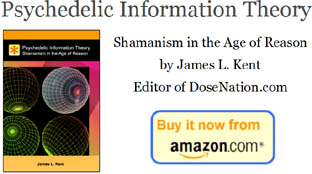Marijuana and cancer
 |
In 2007, there were over 150 published preclinical and clinical studies assessing the therapeutic potential of marijuana and several of its active compounds, known as cannabinoids. These numerous studies are in a book, now in its third edition, entitled Emerging Clinical Applications for Cannabis and Cannabinoids: A Review of the Scientific Literature. (NORML Foundation, 2008) One chapter in this book, which summarized the findings of more than 30 separate trials and literature reviews, was dedicated to the use of cannabinoids as potential anti-cancer agents, particularly in the treatment of gliomas...
In fact, the first experiment documenting pot’s potent anti-cancer effects took place in 1974 at the Medical College of Virginia at the behest federal bureaucrats. The results of that study, reported in an Aug. 18, 1974, Washington Post newspaper feature, were that marijuana’s primary psychoactive component, THC, “slowed the growth of lung cancers, breast cancers and a virus-induced leukemia in laboratory mice, and prolonged their lives by as much as 36 percent.”
...In the past 10 years scientists overseas have generously picked up where U.S. researchers so abruptly left off, reporting that cannabinoids can halt the spread of numerous cancer cells — including prostate cancer, breast cancer, lung cancer, pancreatic cancer, and brain cancer. (An excellent paper summarizing much of this research, “Cannabinoids for Cancer Treatment: Progress and Promise,” appears in the January 2008 edition of the journal Cancer Research.) A 2006 patient trial published in the British Journal of Cancer even reported that the intracranial administration of THC was associated with reduced tumor cell proliferation in humans with advanced glioblastoma.
Writing earlier this year in the scientific journal Expert Review of Neurotherapeutics, Italian researchers reiterated, “(C)annabinoids have displayed a great potency in reducing glioma tumor growth. (They) appear to be selective antitumoral agents as they kill glioma cells without affecting the viability of nontransformed counterparts.” Not one mainstream media outlet reported their findings. Perhaps now they’ll pay better attention.
|

Recently @ DoseNation
|
|






















The comments posted here do not reflect the views of the owners of this site.